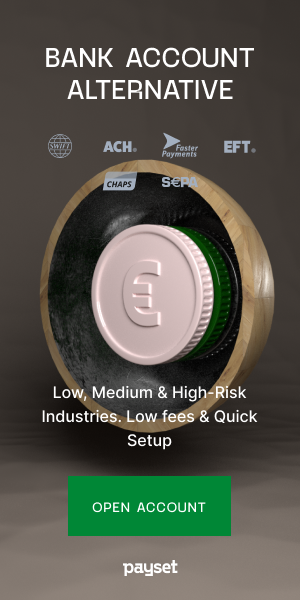Ethereum Classic (ETC) price
- ETC - USD (United States Dollar)
- ETC - EUR (Euro)
- ETC - GBP (British Pound Sterling)
- ETC - RUB (Russian Ruble)
Market cap
$3,785,860,935
159,931,575 ETC
Volume (24H)
$245,795,850
10,383,508 ETC
Day's range
$22.97 - $23.75
0.00039280 BTC - 0.00040607 BTC
Last trade
0.01589827 ETC
yobit $0.3259
Open price (24h)
$23.39
52 Weeks. Low - High
$7.00 - $23.75
Supply
210,700,000 ETC
Max supply
Not available
Open/Close in UTC time
| Date | Close Price | Open price | Volume (24H) | Market Cap | Day's range |
|---|
What Is Ethereum Classic?
Ethereum Classic came into being as a result of a split from Ethereum. Both are open-source Blockchain based computing platforms used for smart contracts. However, Ethereum Classic is a continuation of the original Ethereum Blockchain with untampered history, free from external interference.
Ethereum Classic History
Initially, there was one Ethereum which was built as a Blockchain, able to automate all sorts of transactions and processes in a decentralized manner. In early 2016 the Decentralized Autonomous Organization (DAO), was created. The DAO was a smart contract that was going to revolutionize Ethereum forever.
The DAO was intended to be a venture capital for funding projects for creating decentralized applications (DApp’s) on the ecosystem. For example, if someone wanted to have a say on whether a DApp got funded he would have to first buy DAO Tokens for a certain amount of Ether.
The DAO went on to raise $150 million worth of digital currency, but before it could do anything, a hacker found a vulnerability in the smart contract code and stole tens of millions of dollars. As a result of the hack, the Ethereum community proposed a number of measures.
Some people proposed a soft fork, which could have been a simple software patch to effectively freeze the stolen funds. However, it did not work out, as it opened up a new set of issues. Ultimately, the Ethereum community settled on a hard fork that split the Ethereum blockchain into two; Ethereum and Ethereum Classic.
The new version of the blockchain with the hack rectified is what is called, Ethereum (ETH). The people who felt the hard fork went against the spirit of a leaderless, decentralized system stuck with the original chain consequently calling it Ethereum Classic.
Ethereum vs. Ethereum Classic
Most of the development and adoption has happened on the Ethereum platform. What this means is that ETC users cannot access updates done by Ethereum ETH, which currently boasts all the heavyweights of the Ethereum ecosystem.
At the time of writing, ETH has a larger market cap. The new form of Ethereum has undergone a number of revolutionary changes. Time will tell how it will all play out.
Mining Ethereum Classic
Mining is the process by which Ethereum Classic is created. This is done by using computer power to validate and confirm transactions on the Blockchain. The mining process is similar to that of Ethereum and Bitcoin.
The process involves using computers to repeatedly and quickly guess complex cryptography puzzles. Miners run a block of unique metadata through a hash function to impact the resulting hash value.
If a miner finds a hash that matches the current target, he or she is usually awarded an Ether Classic and the block is broadcast across the Ethereum Classic Blockchain network to add to a ledger. If miner A finds the correct answer to a puzzle, miner B will have to stop work on the current block and repeat the process for the next block.











